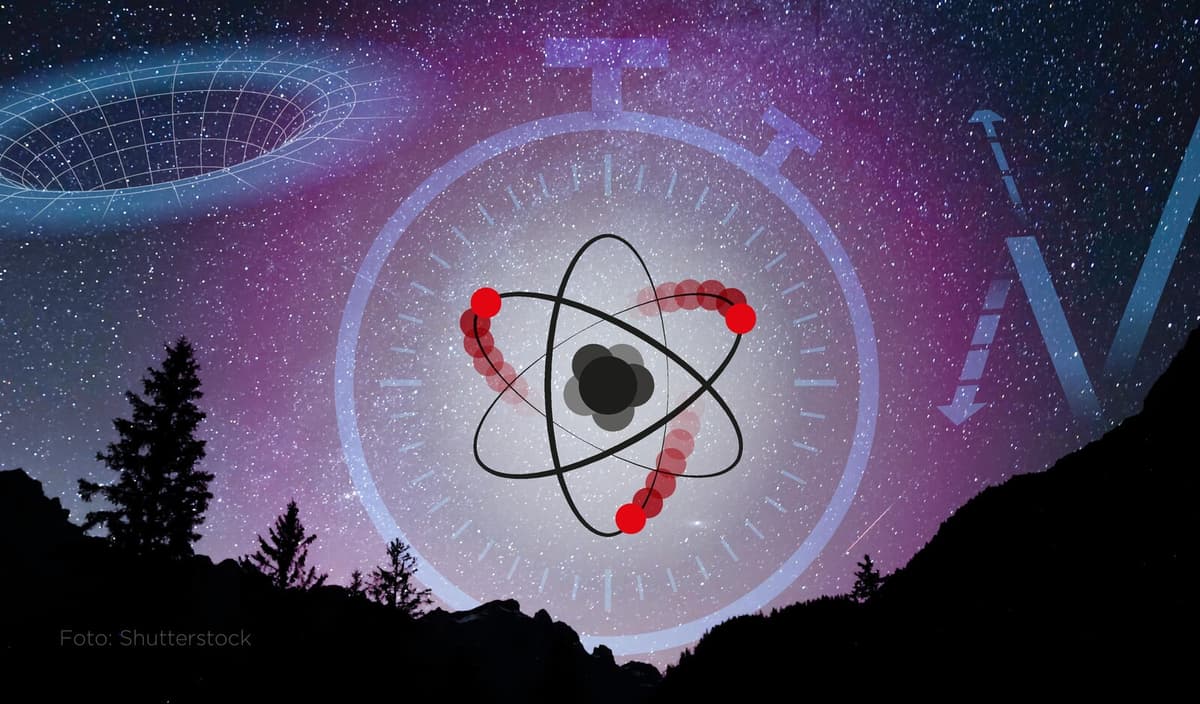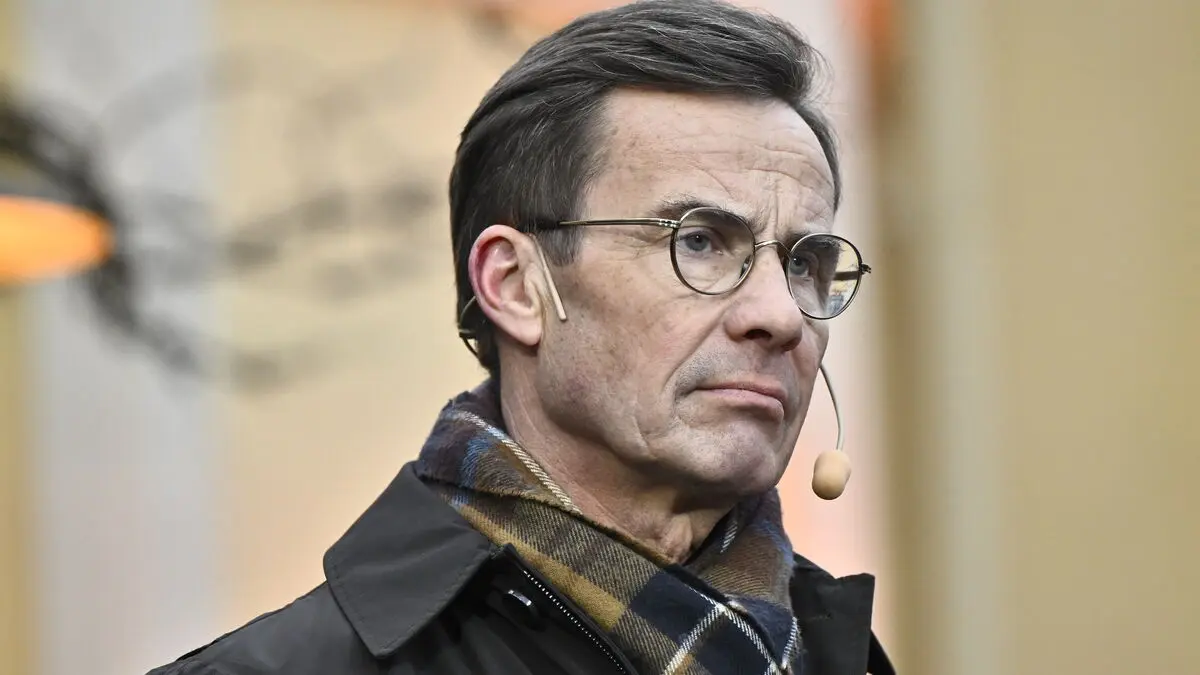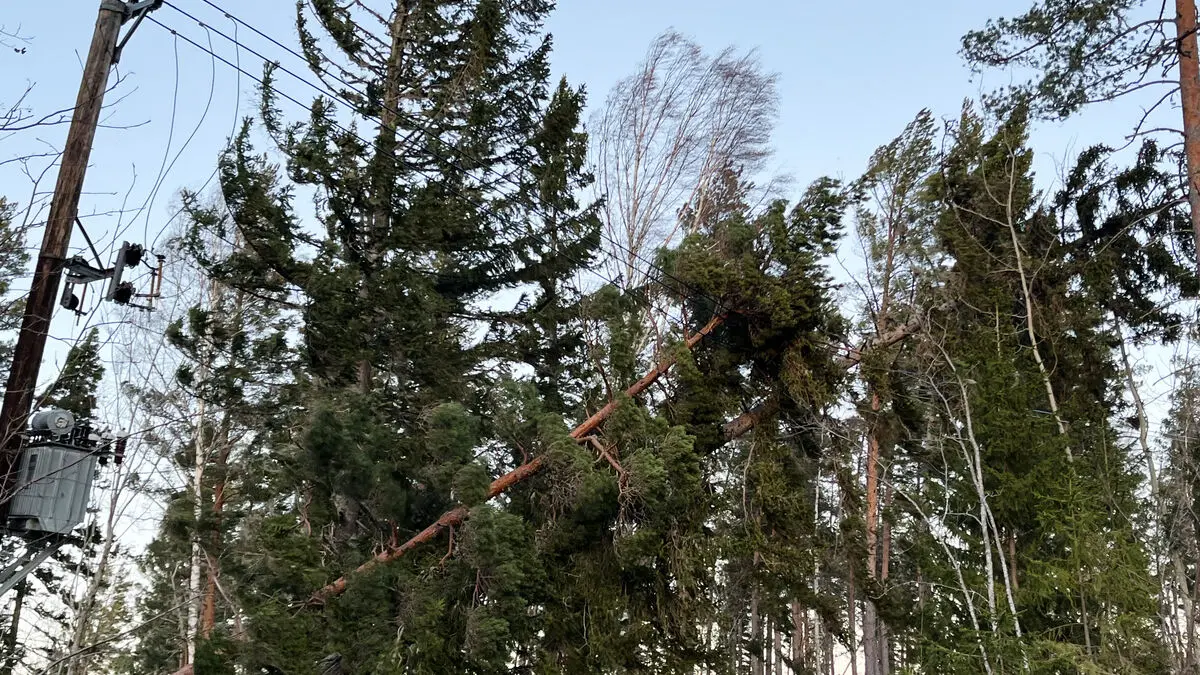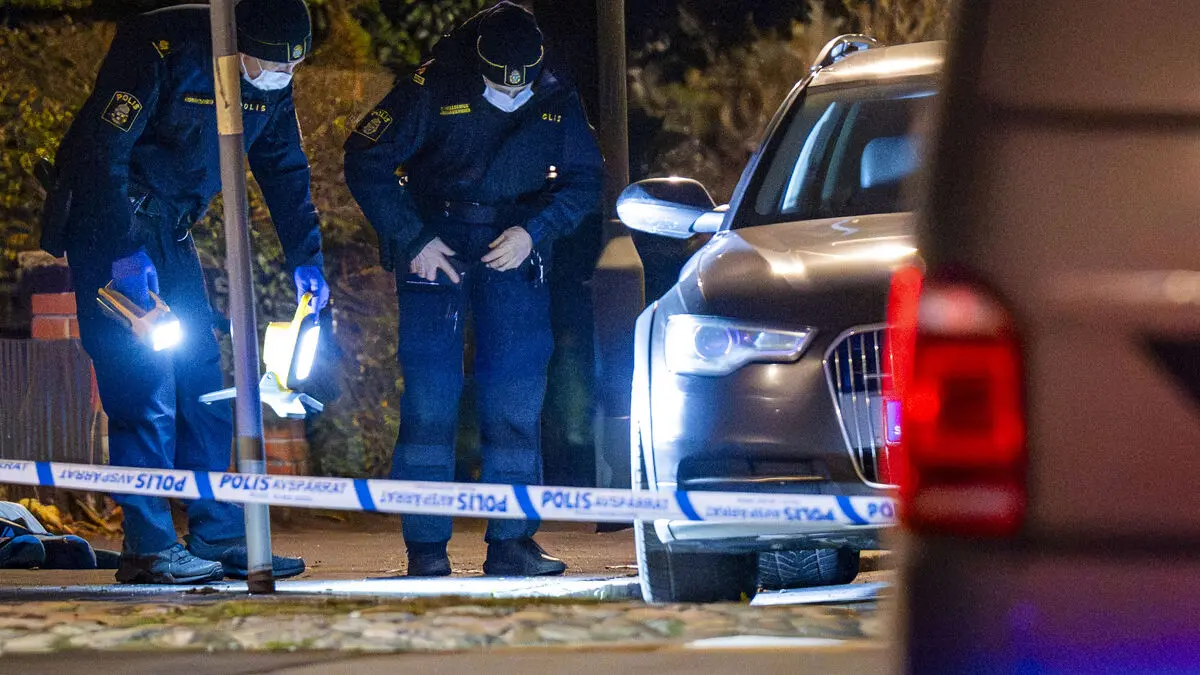225 people in the world can or have been able to call themselves Nobel laureates in physics. On Tuesday, it may be three more. For it has looked like this in recent years, with three researchers sharing the prize. The last time a single laureate in physics was awarded was in 1992, when Frenchman Georges Charpak was awarded for the invention of particle detectors.
Historically, the physics prize has often gone to a nuclear or particle physicist, followed by physicists who deal with condensed matter physics. In recent years, however, space, quantum, and optical physics have been awarded frequently, according to a review by Scientific American.
The quantum area has been pretty well covered in recent years, says Mattias Marklund at the University of Gothenburg.
More Quantum Hopefuls
But just because an area has been awarded doesn't mean it has less chance of winning this year.
I haven't sat on the Nobel Committee myself, so I can only speculate, but I'm pretty sure they don't try to think too much about that, he says.
If it's a quantum prize this year, MIT researcher Peter Shor is a strong contender.
Peter Shor is a mathematician who laid the foundation for quantum algorithms, which is an important part of how you can eventually use quantum computers, says Marklund.
He himself is keeping his fingers crossed for Yakir Aharonov at Chapman in California or Briton Michael Berry, both of whom are also in the quantum physics world.
It would be a very fun and well-deserved prize that sheds light on very fundamental things in our world.
Unlikely to be Swedish
Often, researchers have to wait a long time for their medal compared to when the first study was published in the awarded area.
The average is around 20 years, but Japanese Syukure Manabe had to wait a whole 60 years from when he presented his first climate model until he was awarded the Nobel Prize in 2021.
Last year, French-Swedish Anne L'Huillier shared the physics prize with Austrian-Hungarian Ferenc Krausz and Frenchman Pierre Agostini. It's not very likely that there will be another Swedish laureate, statistically speaking. Only four Swedish researchers have received the prize over the years (1912, 1924, 1970, and 2023). The US tops the list, with a total of 90.
American Peter Shor, Israeli-British David Deutsch, Oxford, and Austrian Peter Zoller, for their work in quantum physics.
Swiss Cristoph Gerber at the University of Basel, who invented the atomic force microscope.
Danish Lene Hau at Harvard, who has studied slow light.
Italian Federico Capasso for quantum cascade lasers.
Israeli Yakir Aharonov and British Michael Berry, who described the "Berry phase" and the Aharonov-Bohm effect (Bohm passed away in 1992), respectively.
Japanese Hidetoshi Katori and Chinese-American Jun Ye, who developed a precise optical clock that can be used to study gravitational waves.





